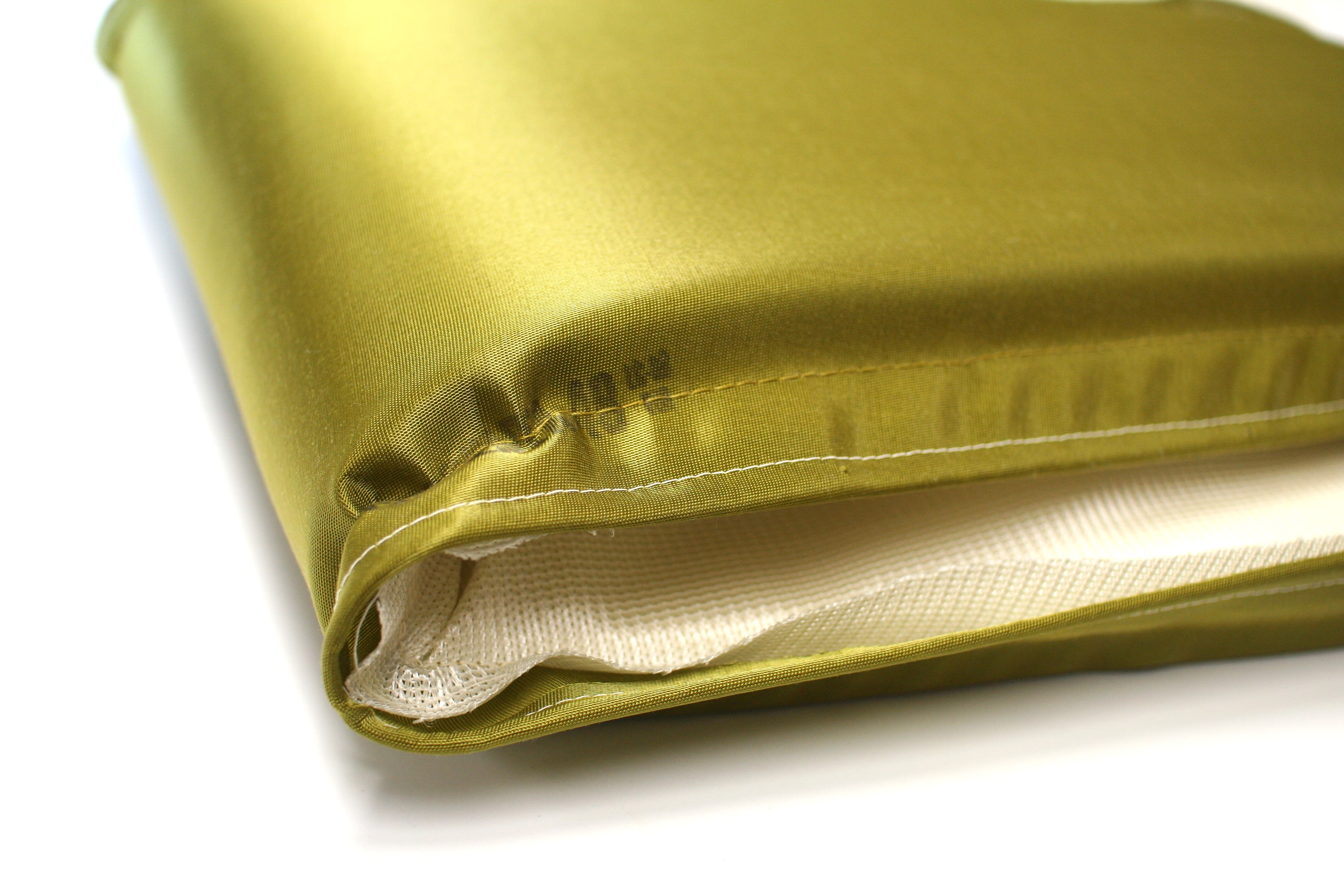Did you know that colors can be trademarks? Color may be protectable as a trademark when it has attained “secondary meaning” among consumers (i.e., it conveys more than just color) and distinguishes a particular brand. However, color may not be protected as a trademark when it is used in a functional manner. And that function can be either utilitarian or aesthetic in nature.
Yes, it’s a bit confusing.
So, how do you know if a color you are using in your business can be protected as a trademark, to the consternation of your competitors? Here are some of the more important cases that have helped define the boundaries of trademark protection for color.
Red Shoe Diaries
After a long-running and hard-fought battle with fashion designer Yves Saint Laurent over the right to use red outsoles as a trademark for luxury footwear, Christian Louboutin was ultimately permitted to keep its color trademark. Louboutin was required, however, to describe its claimed color with more particularity (which it did—“Chinese Red” or Pantone color 18-1663TP). The lawsuit also made clear that Louboutin’s color trademark was limited to Chinese Red outsoles that contrast with the color of the upper part of the shoe. (The permitted Yves Saint Laurent shoe was monochrome, with a red outsole and a red upper.) The contrasting colors highlight the bright red Louboutin sole, without removing the color red from footwear fashion.
Of course, Louboutin also had to prove the fundamental requirement for a color trademark. That Louboutin’s contrasting Chinese Red outsole has become distinctive among high-fashion shoe consumers for the Louboutin brand and is not a functional or merely ornamental aspect of the shoe. 
This is an unusual case because it allows for some IP protection in the fashion industry (which doesn’t generally enjoy IP protections, including copyright protection for designs). We covered this high-fashion lawsuit in an earlier blog post.
Tiffany Blue
Ooh, that little Tiffany & Co. blue box is trademarked? Yes! Tiffany has multiple federal trademark registrations for a particular color of blue the company uses on bags, boxes, and other products and services it provides. And it has enforced these color trademarks against other jewelers and retail companies that have tried to use similar blue colors on their products and packaging. It’s a strong reminder that there’s only one source for the lovely products hiding in the blue box!
Even Ugly Green-Gold Dry Cleaning Products Get Protection
A product doesn’t have to be cool or particularly appealing in order to be protected as a trademark. Almost two decades ago, the Supreme Court decided that Qualitex Company’s use of a strange green-gold color on pads that dry cleaning firms use on their presses is protectable under trademark law.

Does The Yellow Help You Remember?
3M has registered its iconic yellow as a trademark for its POST-IT® notes. UPS refers to itself as “brown” in advertising and has a registration covering this color in association with its transportation and delivery services. And Owens Corning has trademarks for the color pink for masking tape, insulation, and other products used in the building and construction industry. In fact, Owens Corning has a corner on the pink insulation market . . . and highlights this color in its advertising.
How Can You Get Your Color On?
If you are going to claim color as a trademark, that specific color must be showcased as a source indicator for your products and services in marketing campaigns and advertising materials. Think about how you use color in your business and whether there are any unusual and unique uses that differentiate your brand from others and help your consumers understand that your company stands behind those products or services. Given the explosion of non-traditional advertising and marketing methods, social media, and the Internet, color can give your company a real competitive edge when it is used consistently as a unique source identifier.
